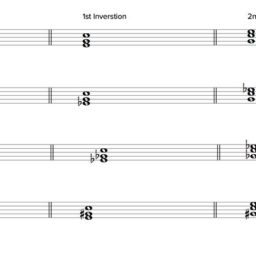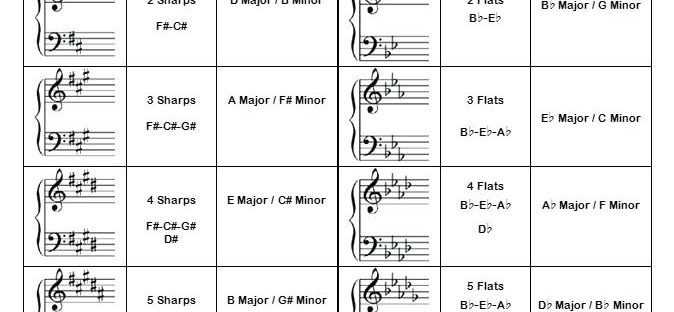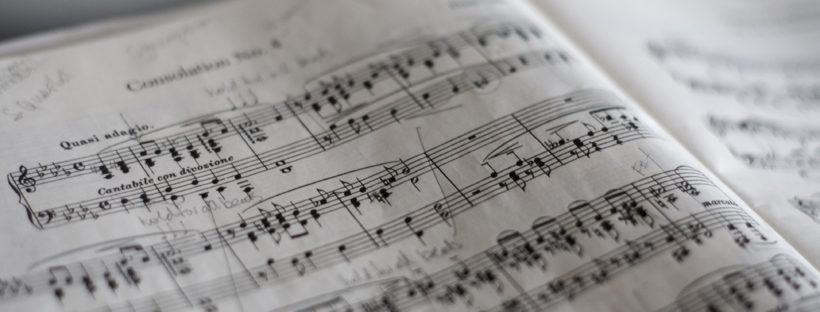Your cart is currently empty!
Category: Better Practicing

Mindful Guitar Practice Health Benefits
Mindful guitar practice stirs many different reactions in many different people. Many times it stirs a negative emotion rather than a positive beneficial one. When it comes to applying it to guitar, one might associate it with books like Zen and the Art of Motorcycle Maintenance. No matter where one stands, science continues to support and…

Organizing Practice As You Learn To Play Guitar
One of the main problems I have found with students over the years is the organizational aspect when they learn to play guitar. In the beginning, it isn’t too difficult because there isn’t that much to work on. However, as you grow in proficiency and increase your repertoire, it becomes more important to have a…

Three Simple Steps to Improve Your Guitar Practice
As a teacher my job most of the time is to teach people how to practice. It’s like teaching them to take the right steps up a mountain. How you practice is how you play. Therefore, I am constantly learning and experimenting with ways to make my own practice effective. This translates into helping you, and…
The Basics of Music Theory – Part 6 (Diatonic Triad)
In The Basics of Music Theory – Part 5 (Triads and Inversions) the concept of chords built upon a base triad was discussed. That is to say, the initial triad was derived from the major key and then each note other than the root was mutated to give the other triads available. In this installment,…

The Basics of Music Theory – Part 5 (Triads and Inversions)
In the last installment of The Basics of Music Theory – Part 4, I covered the cycle of 4ths/5ths. This installment will begin the journey into the harmonic foundation of chords. The basic foundation of chord theory is the triad. That is to say three (tri-) notes (-ads). The Building of Triads A triad is…
The Basics of Music Theory – Part 4 (Cycle Of 4ths)
Now that we have looked at key signatures (see The Basics of Music Theory – Part 3 (Key Signatures)), we are going to delve into the mysterious cycle of 4ths or 5ths depending on which way you see it. It is important and useful to be able to recognize each key and the notes that…

The Basics of Music Theory – Part 3 (Key Signatures)
In our last installment (The Basics of Music Theory – Part 2 (Intervals & the Major Scale)) we covered the major scale. With the scale comes the identification of keys. That brings us to today’s subject, key signatures. Defining A Key Signature The key signature is found at the beginning of every line of music…

The Basics of Music Theory – Part 2 (Intervals & the Major Scale)
Last time (in The Basics of Music Theory – Part 1 (The Chromatic Scale)) we discussed the chromatic scale. Therefore, we will take the chromatic scale and create intervals. These intervals, in turn, will create scales–specifically the major scale. These two components are the building blocks of almost every single song you have ever heard…

The Basics of Music Theory – Part 1 (The Chromatic Scale)
No matter what level you attain at any skill, the basics always seem to need review. Therefore, whether you are new to the guitar or not, this series will hopefully help you understand or remind you of the importance of theory. As this is a guitar-focused blog, the theory will obviously have a bent toward…

Performance Practice: Atmosphere That Simulates Performance
When I was in college, I would set up bright lights in my dorm room (or the brightest I had) and aim them at my practice chair. Then, I would turn off all the other lights. Next to the lights, I would place a cassette recorder (yes I am old enough to remember when phones…